5G Technology and Its Potential
 Ashis Kumar Behura
Ashis Kumar Behura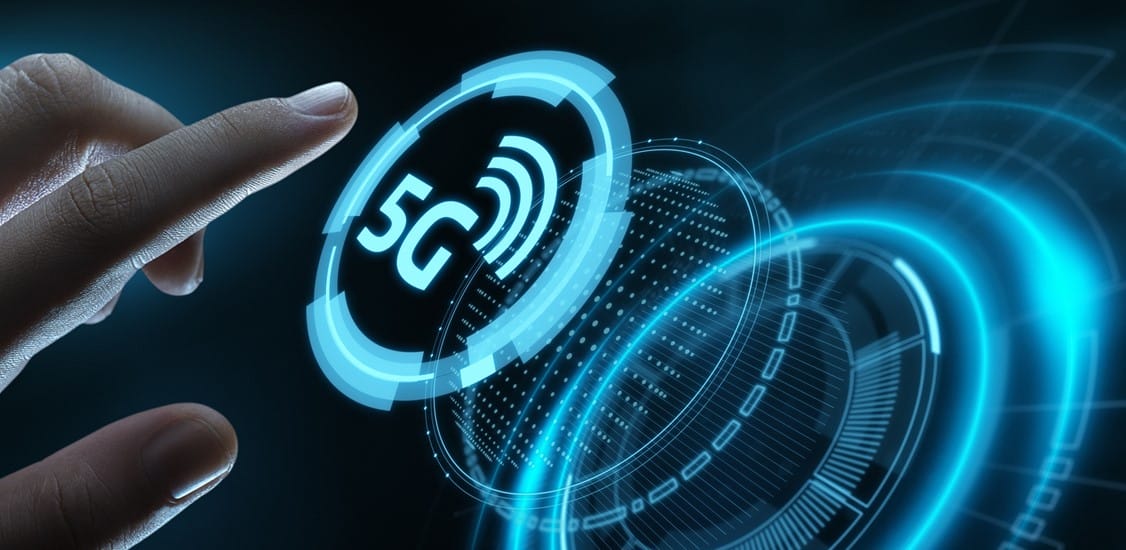
Introduction: The Emergence of 5G Technology Understanding the Evolution from 4G to 5G
In recent years, there has been a significant buzz surrounding the emergence of 5G technology. With its promise of faster speeds, lower latency, and increased connectivity, the transition from 4G to 5G is set to revolutionize the way we connect and communicate. But what exactly is 5G and why is it generating so much excitement?
5G, or the fifth generation of cellular technology, builds upon the foundation established by its predecessor, 4G. While 4G has already enabled faster mobile internet speeds and better streaming capabilities, 5G is expected to take this to a whole new level. The evolution from 4G to 5G involves the deployment of new infrastructure, including upgraded base stations, antennas, and other network components.
Overview of the Potential Benefits of 5G The potential benefits of 5G technology are vast and far-reaching. Here are some key advantages that 5G promises to bring:
Lightning-fast Speeds: With 5G, users can expect much faster download and upload speeds, enabling activities like streaming high-definition content, downloading large files, and playing online multiplayer games with minimal lag.
Lower Latency: Latency refers to the delay between when a command is given and when it is executed. 5G promises significantly lower latency compared to 4G, making real-time applications like video conferencing, online gaming, and autonomous vehicles more responsive and reliable.
Higher Capacity: 5G networks will have the ability to support many more simultaneous connections without compromising on speed or quality. This increased capacity is crucial as the Internet of Things (IoT) continues to expand, connecting billions of devices and sensors.
Improved Reliability: 5G technology will offer more robust and reliable connectivity, reducing the likelihood of dropped calls and interrupted data transfers. This is especially important for critical applications such as emergency services, remote surgeries, and autonomous vehicle communication.
Enabling Future Innovations: 5G is not just about faster speeds; it serves as a platform for future technological advancements. It paves the way for breakthroughs in areas like augmented reality (AR), virtual reality (VR), artificial intelligence (AI), and smart cities, enabling a new era of innovation.
As the world eagerly awaits the widespread adoption of 5G technology, the potential benefits it brings have the power to transform numerous industries and revolutionize the way we live, work, and connect.
Enhanced Connectivity and Speed
The Power of Ultra-Fast Data Transfer
With the emergence of 5G technology, the world is witnessing a significant leap in connectivity and speed. The ultra-fast data transfer capabilities of 5G networks have the potential to transform various aspects of our lives. From downloading large files in an instant to streaming high-definition content without buffering, 5G takes our online experiences to new heights.
Seamless Video Streaming and Content Consumption
Gone are the days of waiting for videos to buffer or experiencing pixelated images during streaming. 5G offers seamless video streaming and content consumption, allowing users to enjoy their favorite movies, TV shows, sports events, and online videos in the highest quality possible. With faster download speeds, even 4K and 8K content can be streamed effortlessly.
Revolutionizing Online Gaming and Virtual Reality
The gaming industry is poised for a major overhaul with the arrival of 5G. Online gaming will reach new levels of immersive and interactive experiences, thanks to the low latency and high speed of 5G connections. Gamers can expect virtually zero lag, smoother gameplay, and lightning-fast response times. Furthermore, virtual reality (VR) applications will benefit greatly from the enhanced connectivity and speed of 5G, delivering more realistic and immersive experiences for users.
Summary: The power of 5G brings enhanced connectivity and speed, revolutionizing various aspects such as seamless video streaming and content consumption, online gaming, and virtual reality.
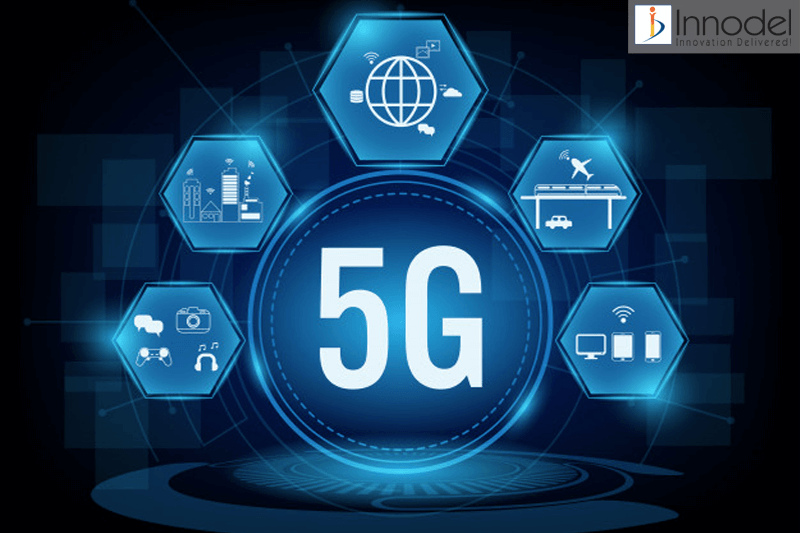
Internet of Things (IoT) and Smart Cities
Enabling a Connected World with IoT Devices
The Internet of Things (IoT) is revolutionizing the way devices communicate and interact with each other. From smart homes to healthcare, and from manufacturing to agriculture, IoT technology is already impacting various industries. The emergence of 5G technology will enable even more connectivity and functionality for IoT devices. With its ultra-fast speeds and low latency, 5G can unlock the full potential of IoT, creating an even more connected world.
Transforming Cities into Smart, Sustainable Hubs
Smart cities are at the forefront of urban innovation. With the help of IoT and 5G technology, cities can become more connected, sustainable, and efficient. Smart sensors and devices can monitor everything from traffic flow to energy consumption, helping city planners make data-driven decisions to improve their communities. 5G technology can provide the necessary infrastructure to support these smart devices and enable data to be transferred and analyzed in real-time, leading to more efficient use of resources and improved quality of life for citizens.
Applications in Transportation, Energy, and Waste Management
Transportation, energy, and waste management are some of the areas where IoT and 5G technology can have a significant impact. For example, connected vehicles can communicate with each other and with traffic management systems to optimize traffic flow and reduce congestion. Smart grids can monitor and adjust energy consumption in real time, leading to more efficient energy management. Waste management can also benefit from IoT devices that can monitor waste volume and optimize waste collection schedules, reducing fuel consumption and carbon emissions.
Summary: IoT and 5G technologies enable smart cities and connected devices, with applications in areas such as transportation, energy, and waste management.
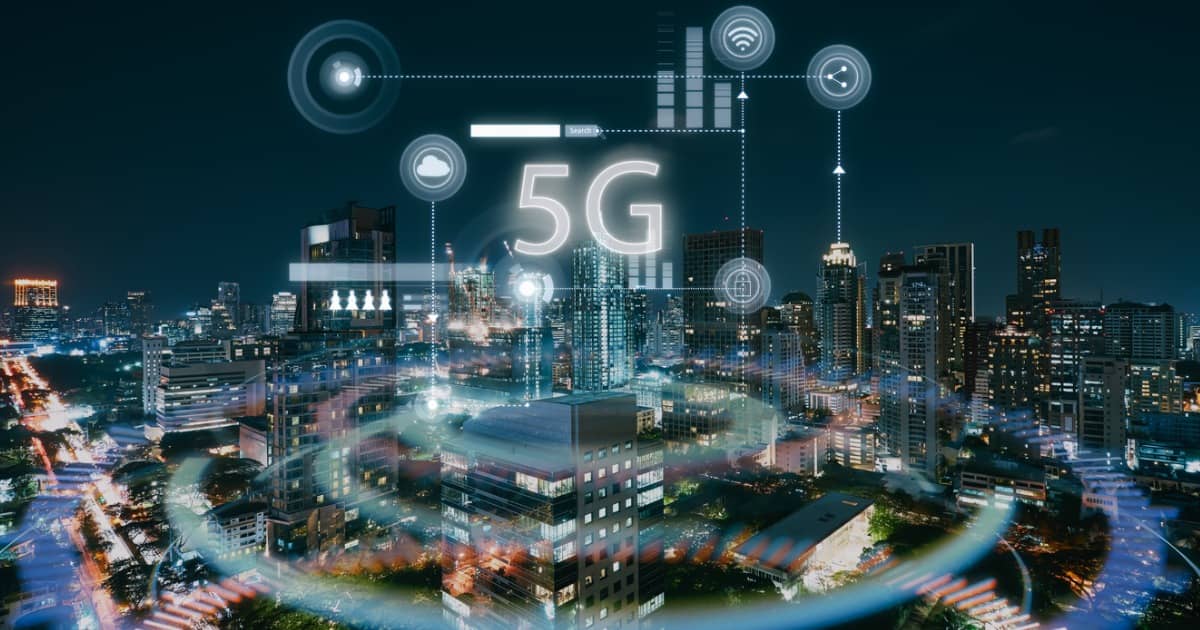
Healthcare and Telemedicine Advancements
Improving Remote Healthcare Services
One of the most significant advancements brought about by 5G technology is the improvement of remote healthcare services. Telemedicine, which allows patients to receive medical advice and consultations remotely, has been rapidly growing in recent years. With the ultra-fast speeds and low latency of 5G, telemedicine can be taken to new heights. Healthcare professionals can conduct virtual appointments, diagnose patients from a distance, and monitor their health remotely. This not only improves access to healthcare for individuals in rural or underserved areas but also reduces the burden on hospitals and clinics.
Enhancing Surgical Procedures with Haptic Feedback
In surgical procedures, precision and accuracy are of utmost importance. 5G technology can enhance surgical procedures by introducing haptic feedback. Haptic feedback provides surgeons with a sense of touch through robotic instruments, allowing them to feel the resistance and delicacy required during procedures. With 5G's low latency, the feedback can be transmitted in real-time, providing surgeons with the same level of precision as if they were physically present in the operating room. This advancement can lead to improved surgical outcomes and reduce the need for invasive procedures.
Real-Time Monitoring and Wearable Devices
Wearable devices, such as smartwatches and fitness trackers, have become increasingly popular for monitoring personal health and fitness. With 5G technology, the capabilities of wearable devices can be greatly enhanced. Real-time monitoring of vital signs, such as heart rate, blood pressure, and glucose levels, can be transmitted instantly to healthcare providers, improving the accuracy and efficiency of diagnosis and treatment. Wearable devices connected via 5G can also collect and transmit data for medical research and population health tracking, leading to advancements in preventative healthcare.
Summary: 5G technology brings advancements in healthcare and telemedicine, including improvements in remote healthcare services, enhanced surgical procedures with haptic feedback, and real-time monitoring through wearable devices.
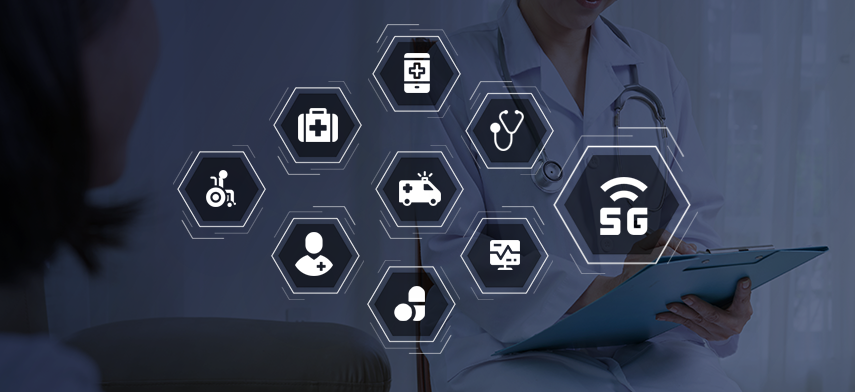
Industrial IoT and Industry 4.0
Boosting Automation and Efficiency in Manufacturing
With the Industrial Internet of Things (IIoT) and Industry 4.0, the manufacturing industry is undergoing a transformative shift towards automation and efficiency. By connecting machines, sensors, and devices, manufacturers can gather real-time data and insights that enable them to optimize production processes, reduce downtime, and improve overall operational efficiency. IIoT allows for the automation of tasks, such as inventory management, quality control, and predictive maintenance, leading to increased productivity and cost savings in manufacturing operations.
Integrating Machine Learning and AI in Industries
Machine Learning (ML) and Artificial Intelligence (AI) play a vital role in driving innovation and efficiency in various industries. In the context of Industry 4.0, ML and AI technologies can be leveraged to analyze vast amounts of data collected from connected devices and sensors. This data analysis can reveal patterns, trends, and insights that can be used to make informed decisions, optimize processes, and enhance product quality. ML and AI algorithms can also be applied for predictive maintenance, anomaly detection, and intelligent automation, further increasing efficiency in industrial settings.
Remote Monitoring and Predictive Maintenance
One of the key benefits of IIoT and Industry 4.0 is the ability to remotely monitor equipment and perform predictive maintenance. Connected sensors embedded in machinery can continuously collect data on performance, temperature, and other relevant metrics. This data can then be analyzed using ML and AI algorithms to detect anomalies and predict potential failures before they happen. By implementing predictive maintenance strategies, manufacturers can reduce unscheduled downtime, extend equipment life, and save on repair and maintenance costs.
Summary: Industrial IoT and Industry 4.0 driving automation, efficiency, and predictive maintenance in manufacturing by integrating connected devices, machine learning, and AI technologies.
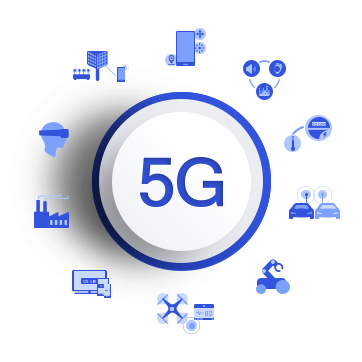
Virtual and Augmented Reality (VR/AR)
Immersive Experiences with Ultra-Low Latency
Virtual and Augmented Reality (VR/AR) isn't just technology; it's a portal into breathtaking, immersive worlds. Imagine stepping into the shoes of your favorite movie characters, diving into ancient historical settings, or collaborating with colleagues across the globe as if you were in the same room. Thanks to ultra-low latency in VR/AR, these experiences are no longer a fantasy – they're a tangible reality. With a minimal delay between your actions and the corresponding changes in the virtual environment, you're free to explore, create, and engage with a level of immersion that's unprecedented.
Applications in Entertainment, Training, and Education
VR/AR has reshaped the landscape of entertainment, training, and education. From interactive storytelling and lifelike gaming adventures to sophisticated medical simulations and hands-on vocational training, the applications are as diverse as they are impactful. Imagine medical students practicing complex surgeries, employees undergoing realistic safety drills, or students exploring distant planets—all within the safe confines of a virtual environment. VR/AR isn't just about entertainment; it's a dynamic tool fostering experiential learning and pushing the boundaries of how we educate and prepare for real-world challenges.
Changing the Landscape of Real Estate and Tourism
In the realm of real estate and tourism, VR/AR has orchestrated a transformative shift. Gone are the days of merely viewing properties through static images or brochures. With VR/AR, potential buyers can step inside homes, explore every nook and cranny, and even visualize potential renovations—all before setting foot on the property. Similarly, the tourism industry has leveraged VR/AR to transport wanderlust-stricken individuals to far-off destinations. You can walk the streets of ancient cities, stand atop majestic mountains, or dive into coral reefs, all from the comfort of your home. VR/AR has turned exploration into an accessible adventure, redefining how we experience spaces and cultures.
Summary: Virtual and Augmented Reality is more than technology—it's a gateway to limitless possibilities. As ultra-low latency fuels immersive experiences, as applications span from entertainment to education, and as real estate and tourism embrace a new era of interaction, VR/AR is weaving itself into the fabric of our daily lives. It's no longer just a vision of the future; it's a vibrant reality shaping industries, experiences, and the way we perceive the world.
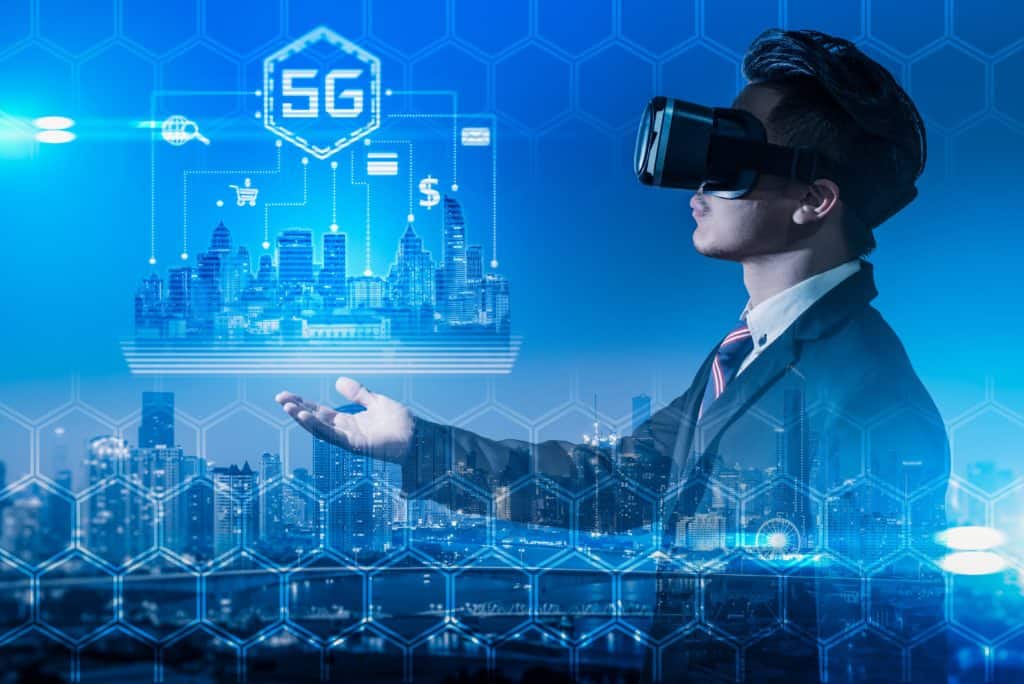
Edge Computing and Cloud Services
In the ever-evolving landscape of technology, where speed and responsiveness reign supreme, the convergence of edge computing and cloud services stands as a monumental milestone. This dynamic duo is transforming the way data is processed, opening doors to real-time applications and catapulting us into an era of unprecedented innovation.
Reducing Latency and Enhancing Data Processing
Latency – the bane of swift data processing – is finding its match in the synergy between edge computing and cloud services. Edge computing's decentralized architecture brings computation closer to data sources, slashing the time it takes for information to traverse traditional data routes. This reduction in latency translates into lightning-fast data processing, propelling industries such as autonomous vehicles, industrial automation, and telemedicine into new realms of possibility.
Leveraging Edge Computing for Real-Time Applications
Real-time applications demand split-second decisions and actions. Enter edge computing, the unsung hero that empowers devices at the edge of the network to make critical decisions on the spot. From smart cities optimizing traffic flow to augmented reality applications responding seamlessly to user interactions, edge computing's ability to process data in real-time is redefining what's achievable.
5G's Impact on Cloud Service Providers
The advent of 5G technology has given cloud service providers a formidable tool to reshape their offerings. With the ultra-fast speeds and minimal latency that 5G brings, cloud services can seamlessly integrate with edge computing to deliver unprecedented user experiences. Imagine cloud-powered applications responding instantaneously to user commands, thanks to the symbiotic relationship between the cloud and edge.
However, this synergy isn't without its challenges. As more processing takes place at the edge, questions of data security, synchronization, and load distribution arise. Cloud service providers must adapt their infrastructure and services to fully harness the potential of 5G and edge computing, ensuring a harmonious fusion that maximizes the benefits for end-users.
Summary: The collaboration between edge computing and cloud services is not a mere convergence of technologies; it's a revolution. The reduction of latency, the empowerment of real-time applications, and the transformative impact of 5G on cloud service providers are collectively driving innovation to new horizons. As we stand on the precipice of this exciting journey, one thing is clear: the fusion of edge computing and cloud services is poised to reshape our technological landscape and redefine what's achievable in the digital realm.
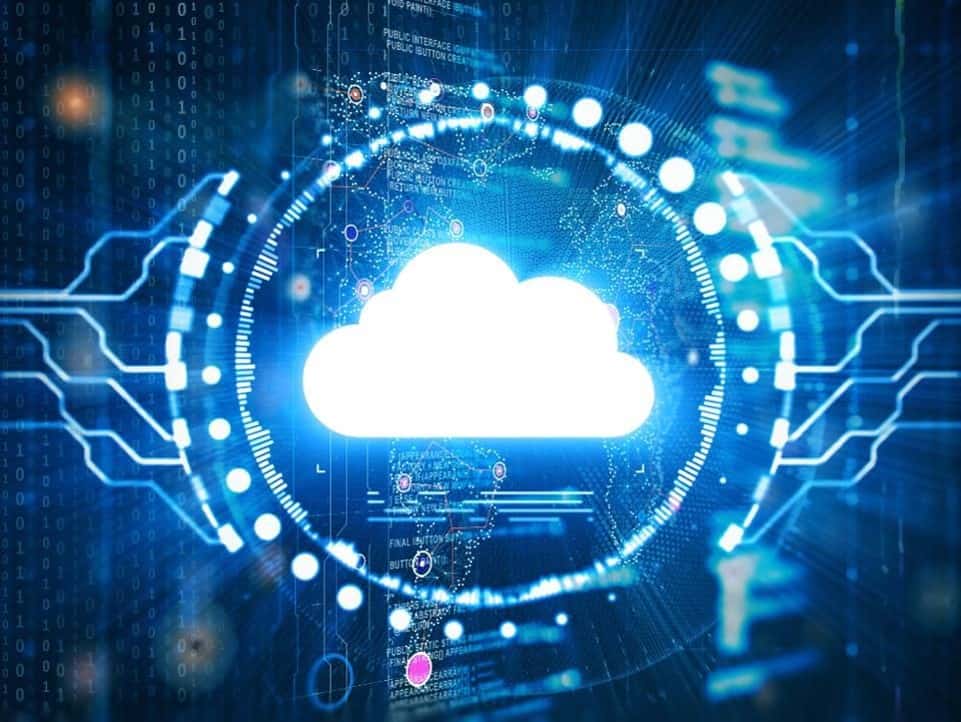
Privacy, Security, and 5G Networks
In the fast-paced digital age, where data flows seamlessly and connectivity is ubiquitous, the advent of 5G networks introduces a new realm of possibilities. As we stand on the precipice of this technological revolution, it's imperative to delve into the critical aspects of privacy and security that come hand-in-hand with the power of 5G. This section explores the intricate web of challenges and solutions that underscore the significance of safeguarding our digital landscape.
Addressing Privacy Concerns in the Age of 5G
The rapid proliferation of data-driven applications under the umbrella of 5G has ushered in a heightened concern for individual privacy. With the Internet of Things (IoT) poised to flourish in a 5G environment, a multitude of devices interconnected through hyper-speed networks raises questions about the extent to which personal information is shared and leveraged. It becomes paramount to dissect the delicate balance between convenience and confidentiality, advocating for robust legislative frameworks and user-centric privacy practices.
Strengthening Cybersecurity Measures for 5G Networks
In an era where cyber threats evolve at an unprecedented pace, the potency of 5G networks invites a new wave of vulnerabilities. As we unlock the potential of low-latency, high-bandwidth communication, a parallel effort to fortify cybersecurity measures becomes indispensable. This section dissects the novel challenges posed by 5G, from securing a sprawling network of interconnected devices to fending off sophisticated cyberattacks. By exploring innovative encryption protocols, threat detection algorithms, and collaboration between industries, we unravel the blueprint for building a secure digital future.
Balancing Data Accessibility with Data Protection
At the heart of the 5G revolution lies an intricate dance between data accessibility and data protection. While the lightning-fast speeds of 5G networks enable unprecedented access to real-time information, they also underscore the need to ensure the integrity and confidentiality of the data traversing these networks. Here, we embark on a journey to strike the equilibrium between empowering users with seamless connectivity and empowering them with sovereignty over their data. We delve into concepts such as edge computing, federated learning, and privacy-preserving technologies that promise a harmonious coexistence between data-driven innovation and individual rights.
In the era of 5G, where data-driven transformation promises to reshape industries and elevate our digital experiences, the guardianship of privacy and the bulwark of cybersecurity stand as cornerstones. As we navigate the intricate landscape of 5G networks, it is our collective responsibility to ensure that this transformative technology remains a force for good, upholding privacy, security, and the values that underscore our interconnected world.
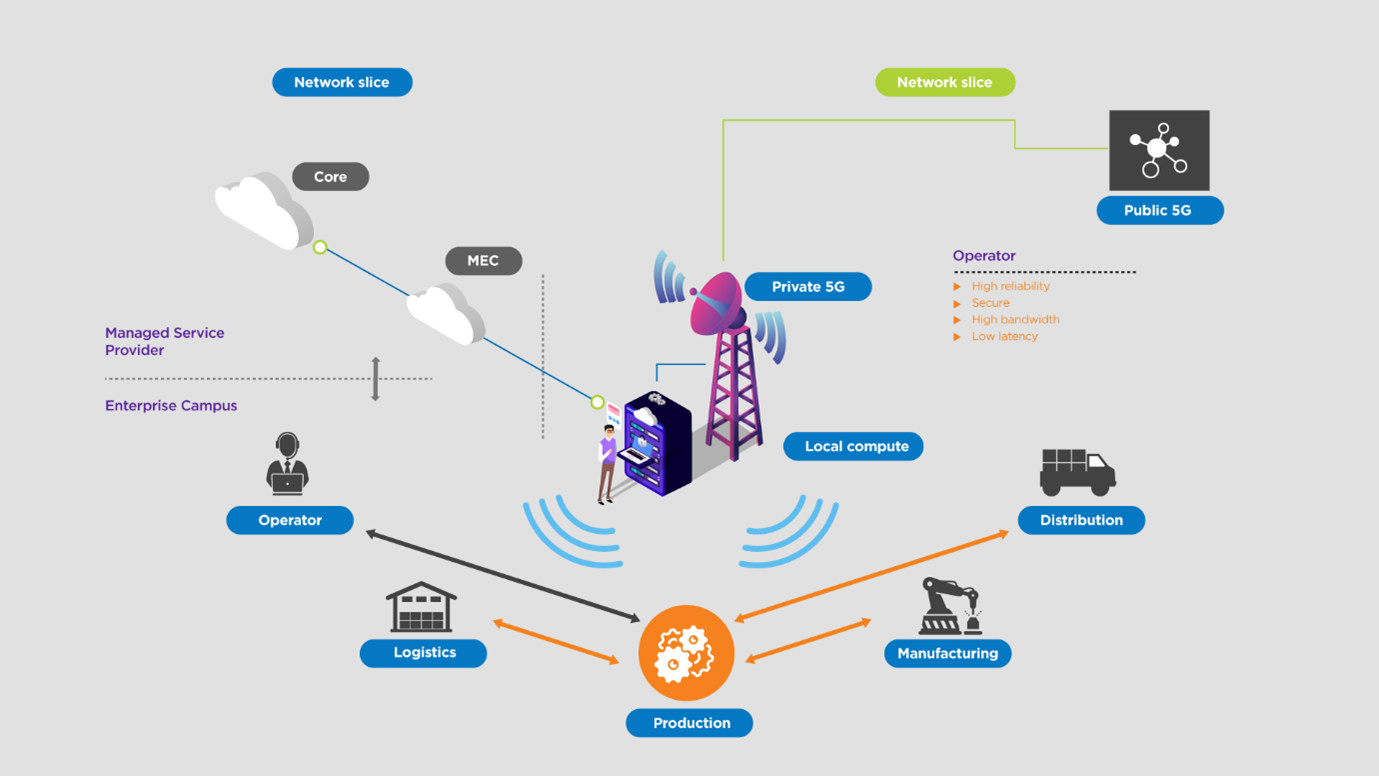
Environmental Considerations
In the pursuit of technological progress, a responsible and sustainable approach is imperative. As the world ushers in the era of 5G technology, the environmental impact of this seismic shift cannot be overlooked. This section delves into the crucial environmental considerations surrounding 5G networks and their implications for a greener, more sustainable future.
Energy Efficiency and Sustainability of 5G Networks
One of the foremost challenges in the tech world has been to strike a balance between speed, connectivity, and energy consumption. With the advent of 5G networks, this challenge gains renewed significance. The energy efficiency of 5G technology takes center stage as its deployment scales up globally. Exploring innovative methods to reduce energy consumption while maintaining peak performance is a vital step toward a more sustainable digital landscape. This section will uncover the strategies and technologies that pave the way for eco-friendly 5G networks without compromising on connectivity.
5G's Role in Achieving Environmental Goals
The intertwining of technology and sustainability is not just a trend; it's a necessity. Amid growing concerns about climate change and environmental degradation, 5G technology has the potential to be a transformative force in achieving broader environmental goals. By enabling efficient communication networks for smart cities, precision agriculture, and more, 5G can empower communities to make informed decisions that conserve resources and reduce waste. This section explores the symbiotic relationship between 5G and the pursuit of a more sustainable planet.
Mitigating E-Waste and Responsible 5G Infrastructure Deployment
The proliferation of technology often comes with a hidden cost: electronic waste. As 5G infrastructure expands, so does the potential for electronic waste. Responsible e-waste management becomes a critical consideration to prevent environmental harm. This section delves into strategies to minimize e-waste through recycling, refurbishing, and proper disposal practices. Additionally, it examines the responsible deployment of 5G infrastructure, considering factors such as site selection, energy sources, and the reuse of existing infrastructure.
In conclusion, the benefits of 5G technology are not confined to faster downloads and seamless connectivity; they extend to a greener, more sustainable world. By addressing energy efficiency, aligning with environmental goals, and mitigating e-waste, the deployment of 5G networks can be a cornerstone in building a future that is technologically advanced and environmentally conscious. As we embrace the potential of 5G, let us do so with a commitment to fostering a planet that thrives alongside innovation.
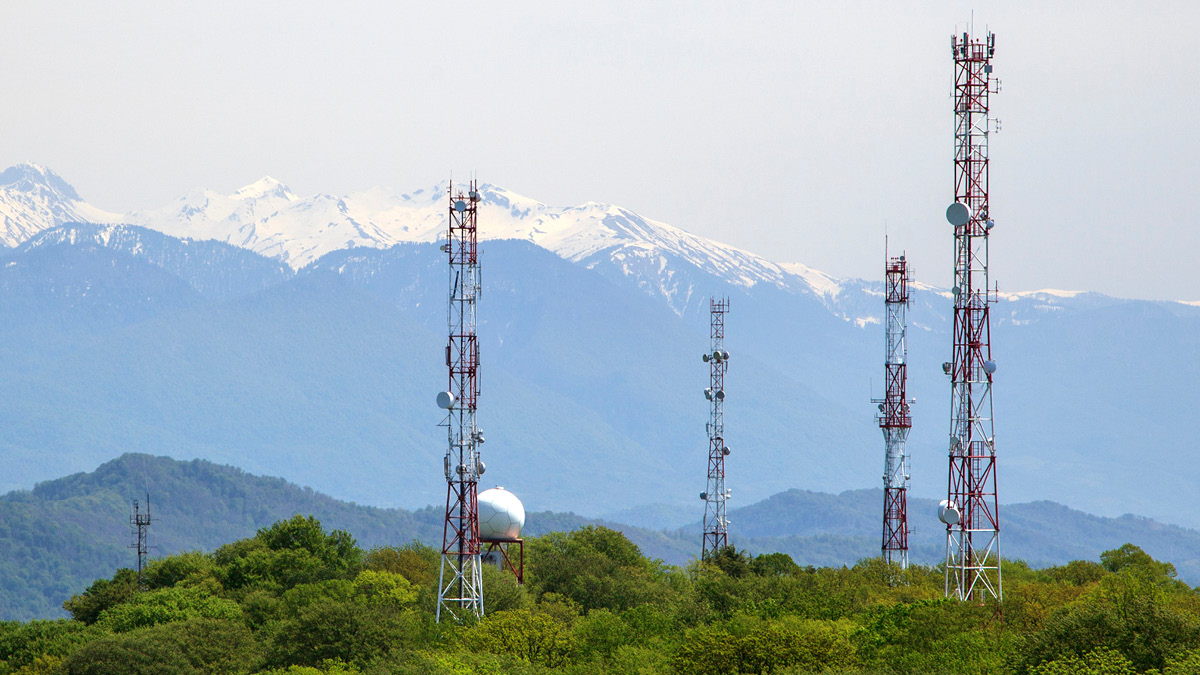
Conclusion
In the ever-evolving landscape of technological advancement, the potential and capabilities of 5G technology stand as a beacon of transformation. Throughout this exploration, we have witnessed the profound impact that fifth-generation wireless technology holds across various industries and in our everyday lives.
As we recap the remarkable journey through the potential of 5G, it becomes clear that its ultra-fast data transfer rates, low latency, and massive device connectivity have the power to reshape how we interact with the digital realm. From seamless video streaming and immersive virtual experiences to the vast landscape of the Internet of Things and the intricacies of remote healthcare, 5G's promise shines bright.
The anticipated impact on industries is nothing short of revolutionary. The integration of 5G into sectors such as healthcare, transportation, manufacturing, and entertainment ushers in an era of innovation and efficiency. The boundaries of what's achievable are being pushed further as we embrace the convergence of technology and possibility.
However, the story of 5G is far from reaching its final chapter. As we stand at the precipice of its adoption, we embark on an ongoing journey into the realm of infinite possibilities. The fusion of 5G with other emerging technologies like artificial intelligence, augmented reality, and edge computing holds the key to unlocking new dimensions of progress.
The future prospects of 5G are exhilarating, offering a landscape where smarter cities, streamlined industries, and connected devices seamlessly coexist. As we pave the way for this exciting future, it is essential to acknowledge the challenges and responsibilities that accompany this technological leap. Addressing concerns related to privacy, security, and environmental impact remains paramount to ensuring a balanced and sustainable trajectory.
In conclusion, 5G technology is more than just a leap in wireless connectivity; it is a catalyst for a global metamorphosis. With its transformative potential and the ingenuity of human innovation, 5G is poised to be the cornerstone of a digital renaissance that propels us into uncharted territories. Let us stride into the future with anticipation, curiosity, and a shared commitment to harnessing the power of 5G for the betterment of society and the advancement of humankind. The journey continues, and the destination is a horizon of endless possibilities.
Subscribe to my newsletter
Read articles from Ashis Kumar Behura directly inside your inbox. Subscribe to the newsletter, and don't miss out.
Written by

Ashis Kumar Behura
Ashis Kumar Behura
Building Velvet India | Web Developer | Designer | CA @ Zuno | GDG Bhubaneswar Member